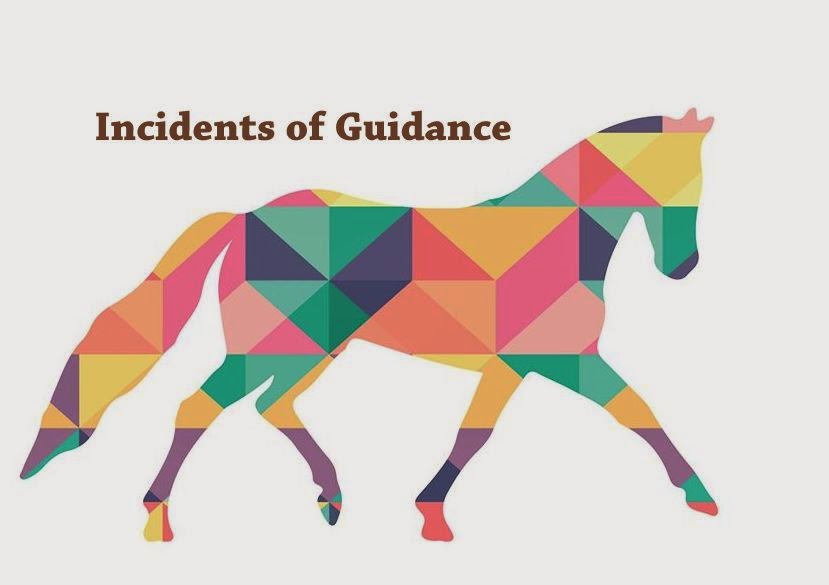Not my own! Much to your chagrin. One of my students parted ways with her rather adorable pony. (See picture below.) She bounced up, shouting "that didn't hurt!"
I rode sir Tango for approximately ten minutes today. I trotted on a long rein and did a lot of turning. Then I cantered and everything fell apart again. I think I need to brush up on his halts for a while before moving back to the canter. I need to go back to the shaping scale as put forward by the AEBC:
And then tackle my halting skills.
- Basic Attempt - the horse is rewarded for any good try that resembles the right response. This applies to horses that do not know or do not offer even a crudely correct response from the aid.
- Obedience - the horse is made more ‘sharp' i.e. the response is initiated immediately and completed in three beats of the rhythm of the gait. This results in the transformation of signals from pressure to light aids. Losses of obedience occur at all levels and are associated with most riding behaviour problems.
- Rhythm - the horse keeps doing what is asked of him i.e. keeps gait, tempo and stride length and moves in and out of transitions with evenly spaced footfalls within three beats (i.e. cruise control)
- Straightness - is essentially a deeper aspect of rhythm. The horse is trained to maintain his line. A crooked horse is one where the horse's legs have unequal drive - i.e. they are not in equal rhythm and drive. A crooked horse therefore tends to drift one way or the other depending on whether it is falling out or falling in, unless it is held on line by the rider. The horse should learn to hold his own straightness.
- Contact - while the horse is already on a contact all the way through training, he is now in a position where it can be further refined as his legs are now fully under control. This is where final aspects of the outline are developed, depending on the training stage of the horse. In the earlier stages the horse learns to lengthen his neck as his stride lengthens (longitudinal flexion); he then learns to turn with lateral flexion and later learns vertical flexion through the action of ‘inside leg to outside rein'.
- Proof - This means that responses with all of the above qualities occur anywhere, any time the horse is given the aid. Of course proof is happening all the time in that each training day conditions change. However it is important to note that challenging environments should only be tackled after consolidating good work at home. How the horse copes with the different environments is a direct reflection of the quality and consolidation of the work at home.
Have a picture of a beastie. I do think he's pretty handsome.
This was his second ride on the farm, where I worked on walk-halt-step back transitions for a few minutes before moving (unsuccessfully) to trot-walk transitions. I thought maybe letting him canter for a bit would relax him, but that didn't appear to be the case. At least I know he can canter in place? That's always fun.





